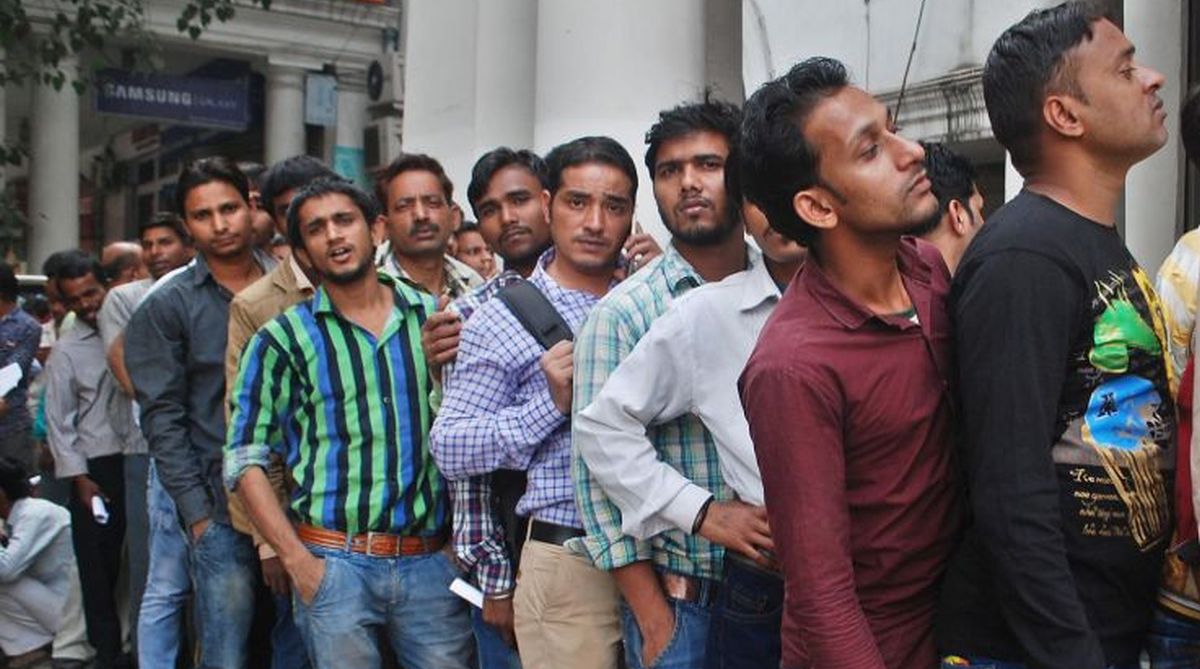Many would argue that the core objective behind education is to gainful employability. They are not far from the truth. Indeed, many organizations that evaluate the return on investment in education do so on the basis of the employability quotient.
The data with regard to India is, unfortunately, quite alarming. According to the International LabourOrganisation (ILO), India has estimated unemployment at 18.6 million for 2018 in comparison to 18.3 million in the previous year. This is more than 2/3rds the total population of Australia!
Advertisement
The reason behind this is that India has a small number of quality institutions in the country in spite of the growth in the number of higher education providers. Consequently, getting admission in the prime institutions is an uphill task as they would, naturally, like to maintain a student-faculty ratio that does not impact quality adversely. A large number of self-financed private institutions have mushroomed to cater to the burgeoning demand and lack infrastructure and qualified faculty. This impacts pedagogy and the quality of students they literally churn out.
As a net result, most of the students are not employable. They lack the aptitude and skills employers, particularly in the corporate sector, are looking for. They become a drain on the economy and India’s, much-touted demographic dividend faces the dire prospect of becoming a demographic drawback.
The big challenge the government faces is how education may be rewired to focus on imparting knowledge that responds to market demand. In Toffler’s words, how can education make students future-ready.
Unless it does this, education and employability cannot be correlated. It would fail to transform lives and create a just and equitable society. Governance, consequently, would have failed.
It is worth recalling that a recent report by The World Bank (WB) red-flagged India as needing to create at least 8.1 million jobs a year to match up to the employment rate of the country. This is a monumental asking, especially because over the past seven decades, education has never truly been a national priority.
Gainful employment is among the grand challenges that India faces. It is critical for India to develop workable paradigms that addresses the knowledge revolution and the challenges the future workforce would need to address.
Jugaad is not a response that would help transform India into the regional and possibly, global power that it aspires to become. This requires a fundamental shift in mindset.
At a fundamental level, it requires changing the very DNA of our educational institutions. The focus has to be on pedagogy and on infrastructure. This requires creating space and, indeed, a culture that embraces innovation and research. This is not easy and would be time-consuming.
While the government has initiated discussion on how this might be achieved, in the interim, it is critical that we do not reinvent the wheel and that we draw on experience and expertise that already exist. In a rapidly globalizing ambience, this is a distinct advantage. It is also an inescapable reality.
Aspiring Indian students with talent and ability are likely to opt for international institutions that cater to their demand. I refer to this as ‘the push factor’; they would be pushed to pursue higher education abroad, simply because India is unable to credibly resolve the demand-supply conundrum in the foreseeable future.
Furthermore, international education exposes them to global culture and new ways of seeing that Indian education has not even experimented with so far!
Data demonstrates the growing acceptance of Australia as a preferred higher education destination. There are good reasons for this. At least five of the 33 universities in Australia are in the top 50 of the QS rankings.
This was a lesser known fact in India mainly because Indian students were blind-sighted into believing that the US and the UK were the places to go to. Not anymore!
A university like UNSW, for instance, is not only internationally ranked has a global alumni network of close to 300,000 graduates in 146 countries! This opens up an entirely new world of opportunities.
UNSW has, furthermore, been voted one of the top performing universities for graduate employability with some of the biggest global employers, such as, Google, Penguin, Ernst & Young, Microsoft, Rio Tinto, HSBC, Slater & Gordon, NASA, UNESCO, and Oxfam.
Higher education collaboration has emerged as a major pillar in India-Australia collaboration and consequently, internationally-ranked Australian universities are engaging in partnership projects to address India’s developmental and aspirational challenges.
These range from waste management to sustainable housing, from photovoltaics to e-vehicles, from smart transport to artificial intelligence. And, so much more.
To experience UNSW, while in India, visit the Open Days that bring together the magic of technology and human counselling to create the future of employability. Never has an event like this been created in India by any international university before.
All students need to register online for the events, to be held in Delhi, Chennai, Pune and Mumbai for the experience that could change their lives!
The author is India Country Director, University of New South Wales, Sydney











